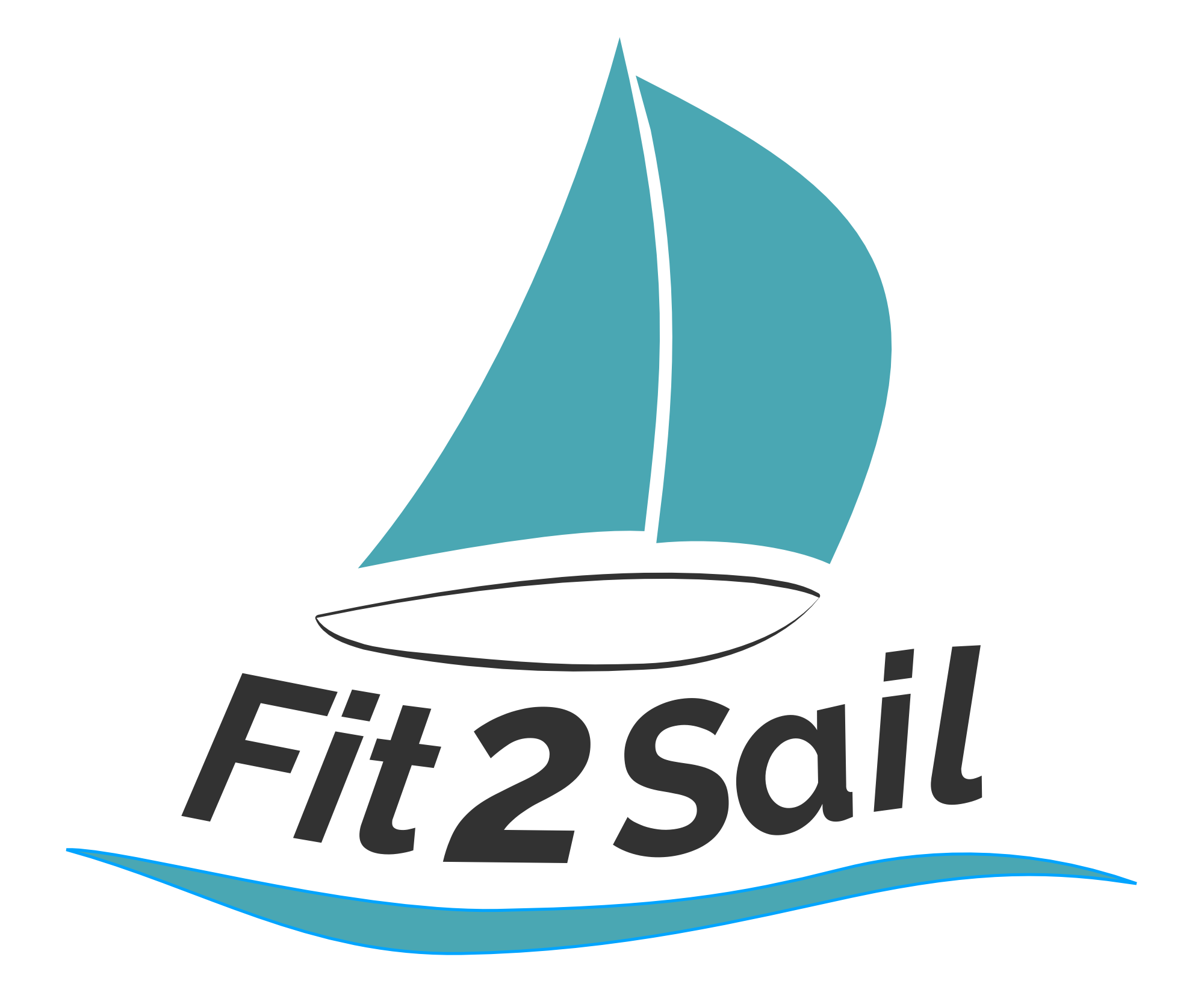Recycling Material for Boat Projects
Leo, from Sampson Boat Company, talks often about the fact that wooden boats are designed to be replaced one bit at a time, so that you can in essence have a constant iteration going. That eventually, even though almost no part on the boat is exactly what it was when it was built, it’s still the same boat. This does bring up the question about what makes a given boat be that given boat, but that is way too deep a discussion for one simple blog post.
Calypso is not a wooden boat. And the refit we’re doing is more of the scorched earth variety than the “replace one bit at a time” sort; at some point I’ll have to address a comment MorseAlpha made on an IG post wherein he said, “I’m looking forward to seeing this new boat you’re building.” The iterations, though, infuse so much of it.
Iterations might also be seen as recycling. Sure, we’re keeping as many of the fasteners as we can to reuse, and there’s a lot of equipment that will go back on without being replaced. There’s more, though, maybe along the lines of repurposing.
The galley counters, old Corian from when friends of ours redid their land kitchen. There’s plenty of material for our small space, even with the experimentation it took to get right.
The fiddles for the galley, other than the one long piece where an unbroken expanse was important, are bits that we took off when we reimagined the bookshelves back in 2008. They’ve been sitting in storage for all those years. Jeremy’s having to cut them down a bit to make them work with the new counters - he’s making the overlap with the underlying bulkhead bigger and the above-counter part shorter.
The “spacer” sections, the little pieces of wood on either side of the engine face that allow for the engine face to lift cleanly off, past the fiddles on the counter above - those have been ripped from old pinrail sections that are way better in theory than in practice. They look nautical as hell and are the biggest dust magnets I have ever seen.
Pinrails. Great until you have to clean them.
There’s teak that once formed the outside edge of the shelf on the port side of the v-berth, where Jeremy stashed his clothes. Now it’s gracefully adorning the edges of the removable part of the engine face; when we paint this cheater tongue-and-groove white, the varnished teak will accent it nicely.
Teak strips from the v-berth shelf, now on the engine face
My favorite repurposing that’s being done is with wood that has never been on Calypso before.
Jeremy’s redoing the forward hatch completely. Well, okay. Not completely; he cut off about 3 inches of solid-but-still-leaks-like-crazy teak and fiberglass, crafted a new top out of plywood, and topped that with strips of teak. These strips of teak? They were purchased decades ago, by his father, for a cruising boat that he never got to cruise on. When Jeremy’s mom went through the garage after Alun died, she sent us a lot of Alun’s tools and boat parts - among the lot, a number of long teak strips that we’ve stored “just because”.
“Because” has arrived.
New forward hatch.
It’s pretty cool to look at the boat and see so many parts of other lives and iterations in the nooks and crannies. Sure, it’s practical on the one hand. We’re not purchasing new stock, which may or may not be even as good as what we have. We’re using up a lot of on-hand materials, materials we’ve stored in our garage for more years than I care to count. (Jeremy, though he has yet to say “I told you so”, is finally vindicated in having kept it all.)
It definitely takes more time to repurpose old stock than it would be to start from scratch. The counters had to be cleaned of old support strips and silicone before we could even start cutting it to our specifications. The fiddles, rather than buying ones of the proper dimensions, have to be routered and table sawed into submission. Using old teak means selecting the right parts, lining up any curves, and trying to minimize existing fastener holes. If time is more precious than money, you might want to be honest with yourself about the scope of a given project using reclaimed materials.
Though time feels like it’s getting shorter, there’s a satisfaction gleaned from this repurposing work that will extend to far off anchorages, in the stories we can tell about different parts of the boat. And maybe that, at its core, is the most important part of the iteration of any boat.



